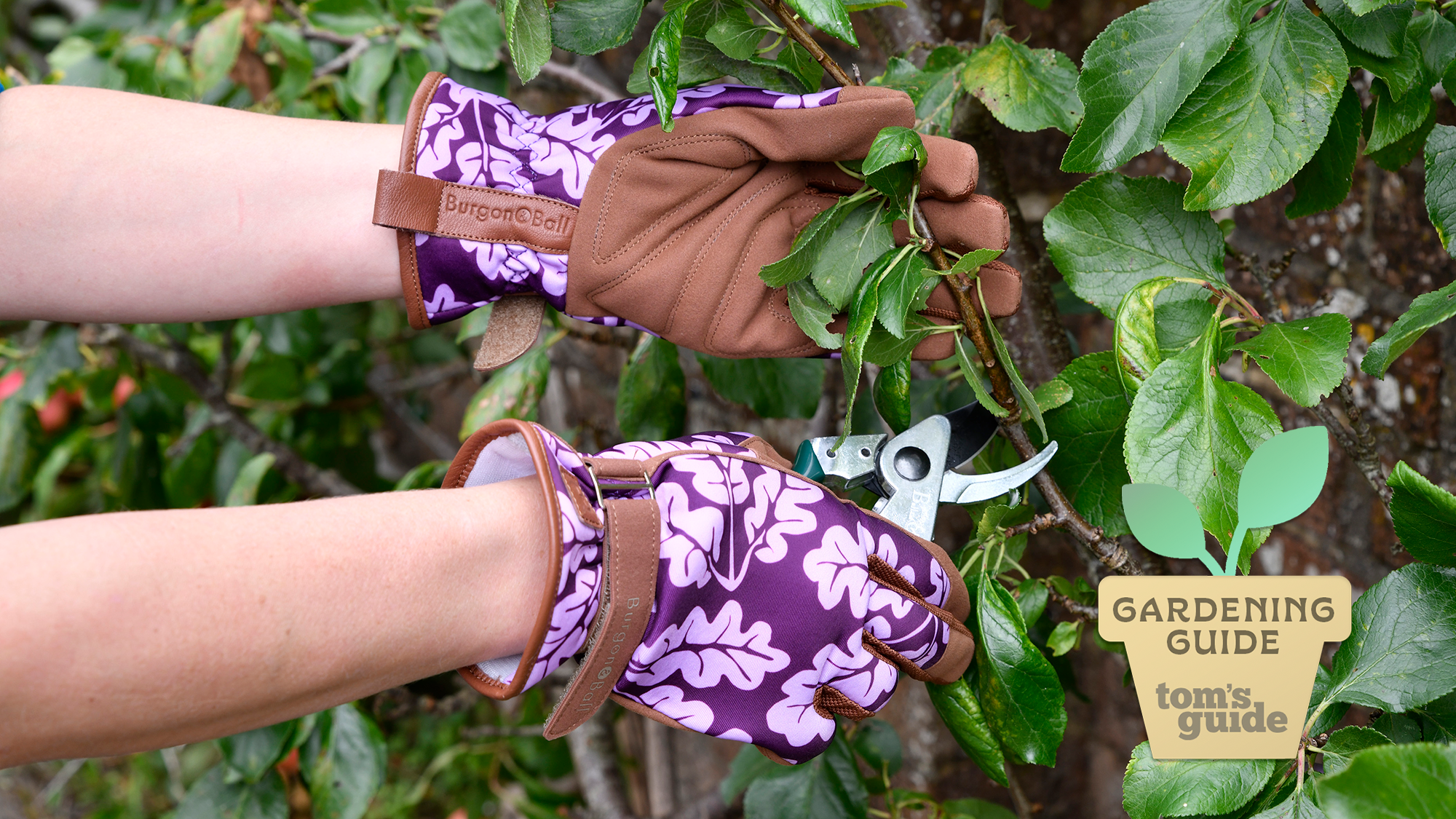The best Nike running shoes in 2025
The Nike running shoes that break records and get beginner runners started
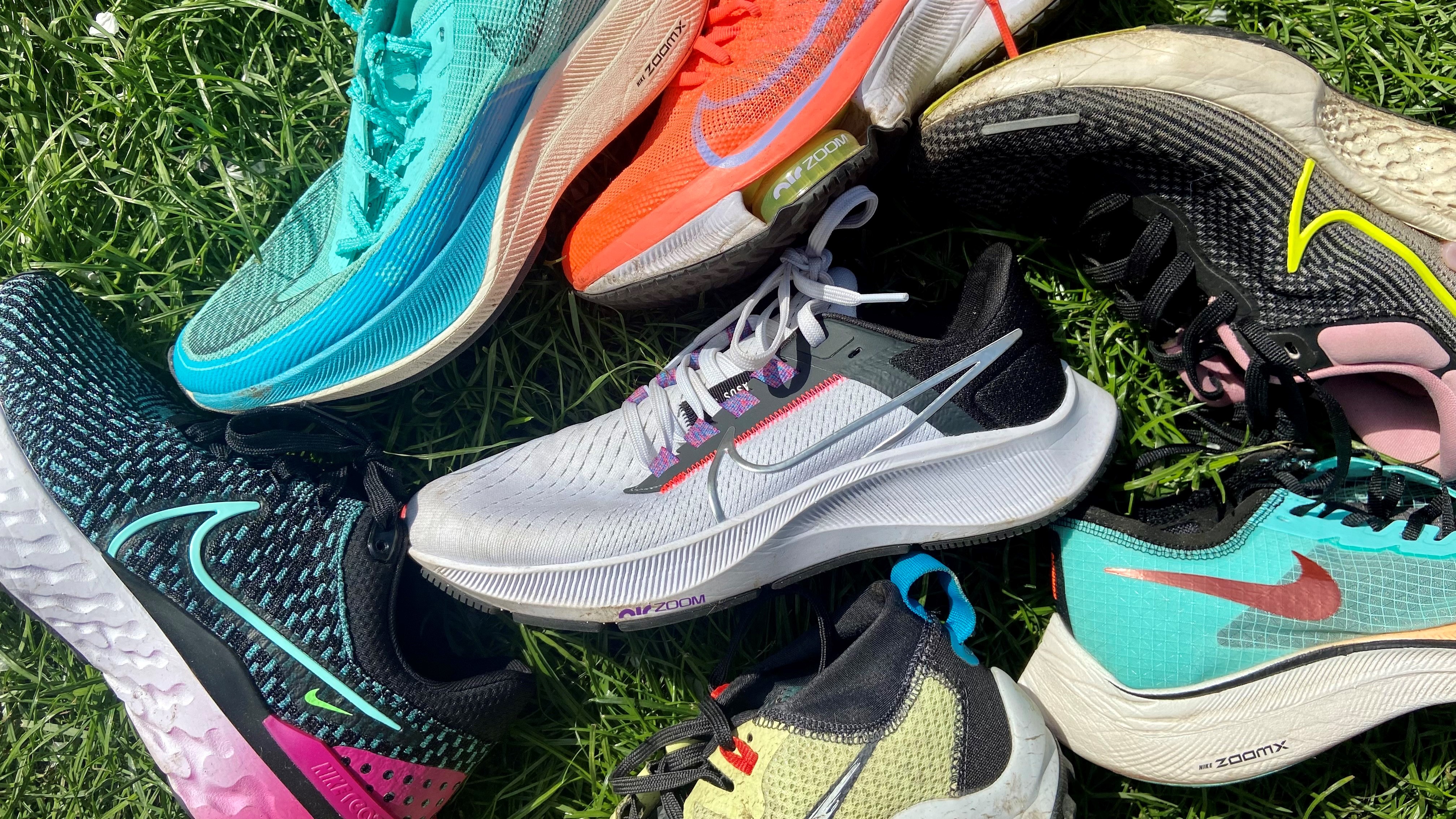
I’ve been testing the best Nike running shoes for almost a decade and at this point I have used multiple generations of most of the popular lines from the brand, like the Pegasus and Vomero cushioned shoes and Alphafly and Vaporfly racing shoes.
There is a shoe to suit every runner in the Nike range. Whether you’re looking for a comfortable daily trainer or a shoe to chase PRs in, the Swoosh has you covered. I’ve picked out the best shoes in multiple categories below, with my overall top pick being the Nike Pegasus Plus because of its versatility, while the Nike Pegasus 41 is my standout for beginners thanks to its comfort and affordability.
The quick list
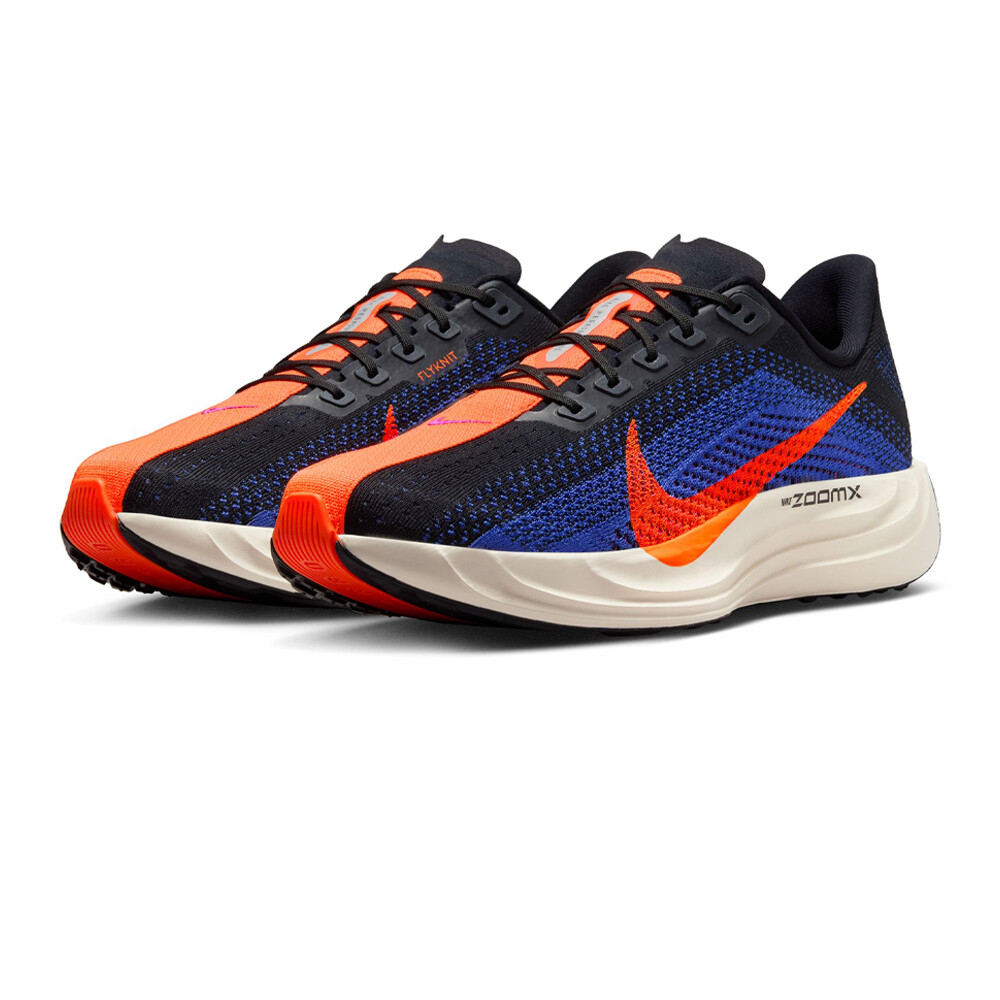
The Pegasus Plus is lighter and more versatile shoe than the standard Pegasus 41, thanks to the bouncy ZoomX foam used in its midsole. It’s Nike’s best all-rounder, being suitable for everything from easy runs to fast sessions.
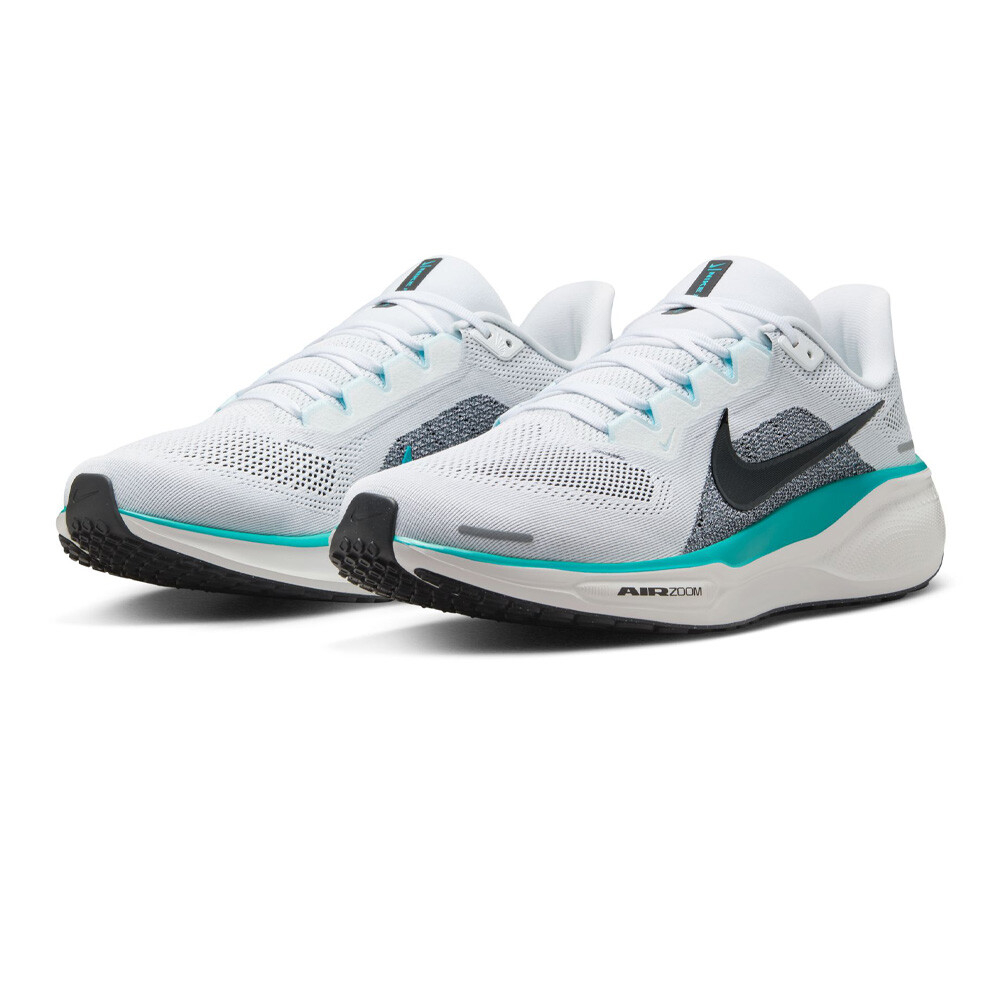
The latest update of the Pegasus 41 is the best in several years, with a comfortable and versatile design that will make it a great daily trainer that’s suitable for every level of runner, but especially good for those new to the sport.
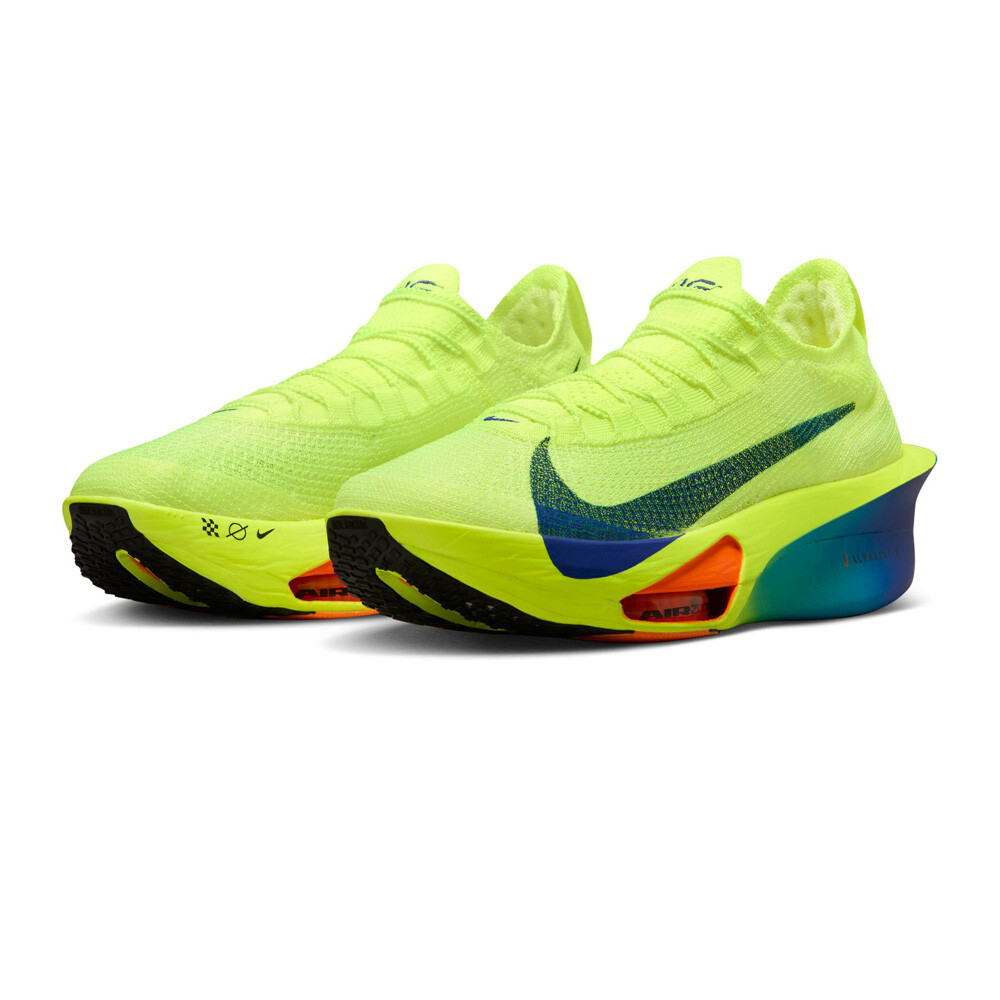
The latest version of the Alphafly is the best yet, with a lighter design and a faster ride. It’s still very bouncy and perfect for marathons thanks to the high stack of soft cushioning that protects the legs while helping you to run efficiently.
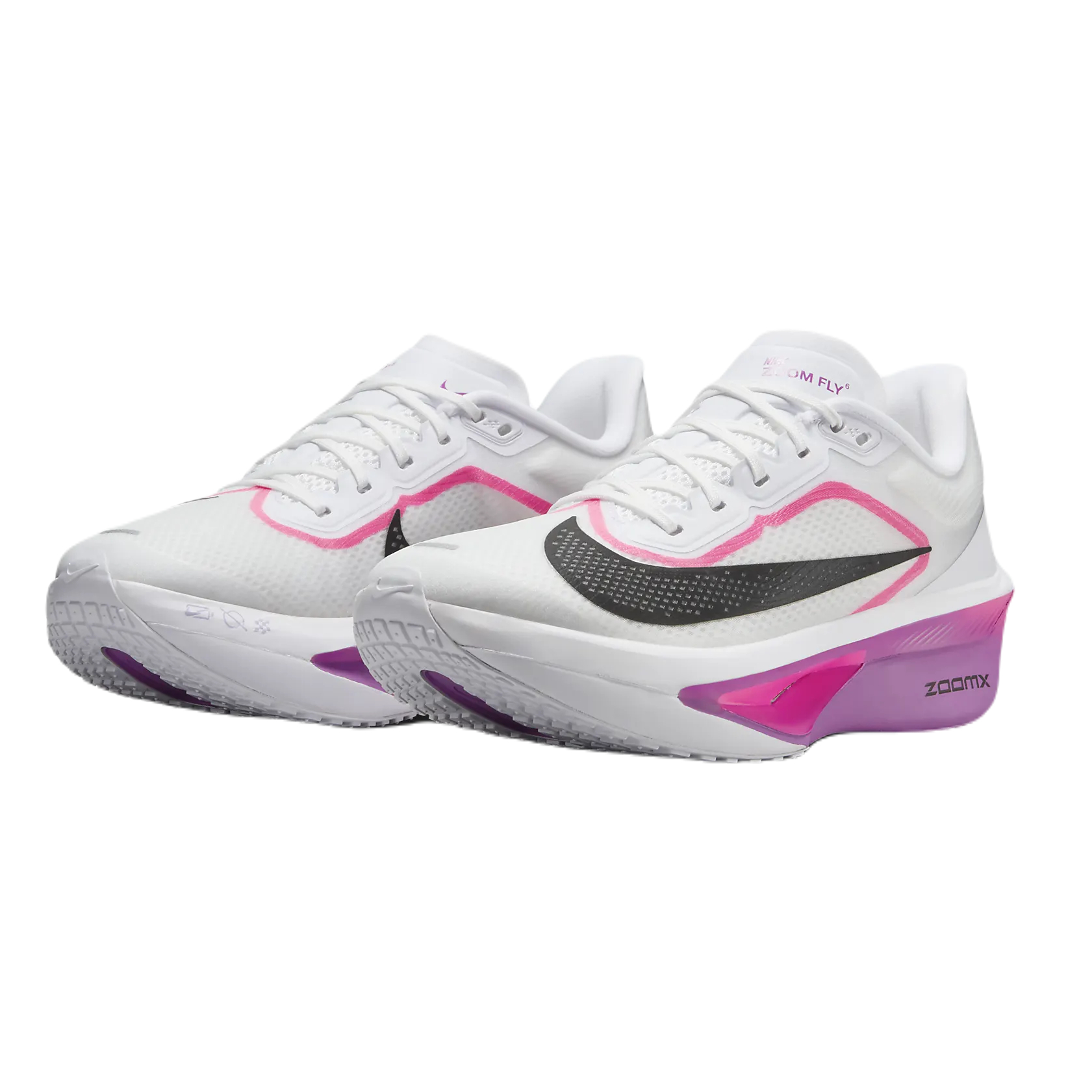
The Nike Zoom Fly 6 is the most versatile shoe in Nike's range, with a comfortable upper and a responsive midsole that delivers a ride that's great for easy and fast runs alike. If you need one Nike shoe to do it all, the Zoom Fly 6 is the one.
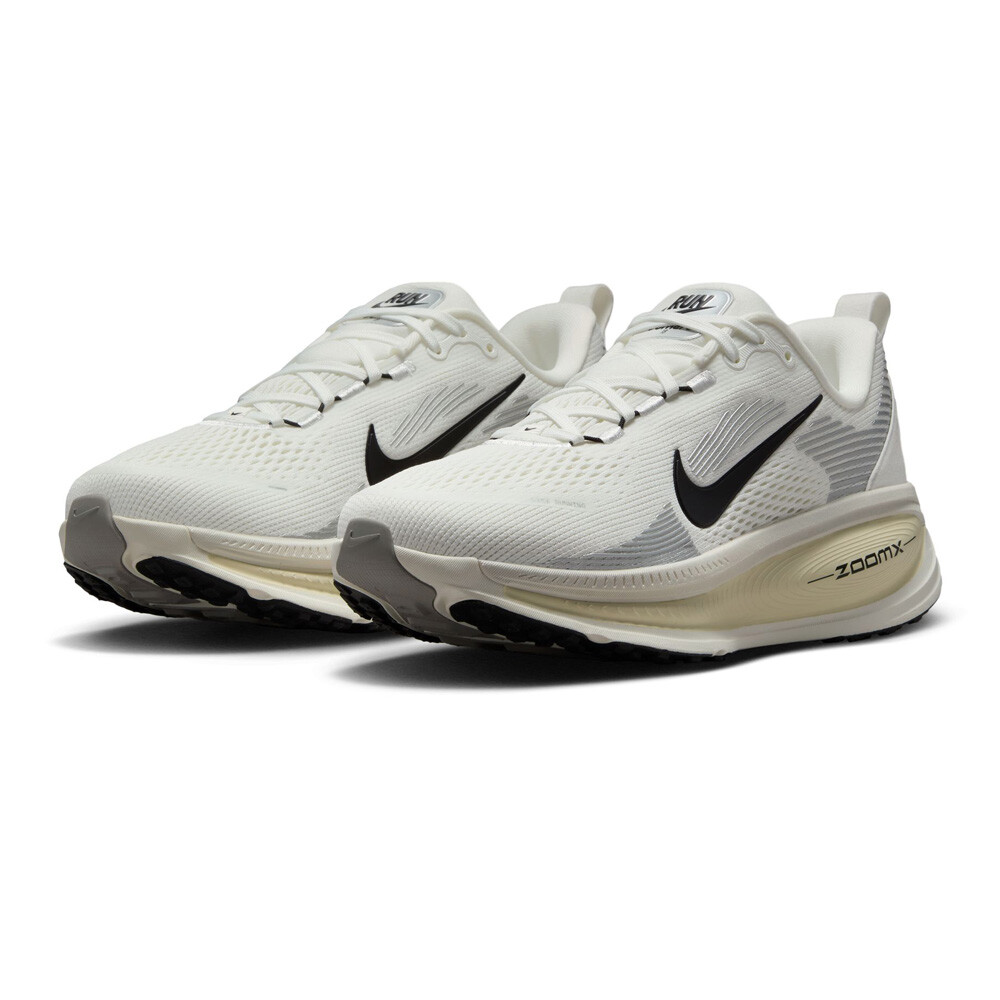
The Vomero 18 uses two different foams in its midsole, including a generous top layer of bouncy ZoomX, to create a very comfortable and enjoyable ride for daily training. If you want a lot of cushioning underfoot, this is the Nike shoe for you.
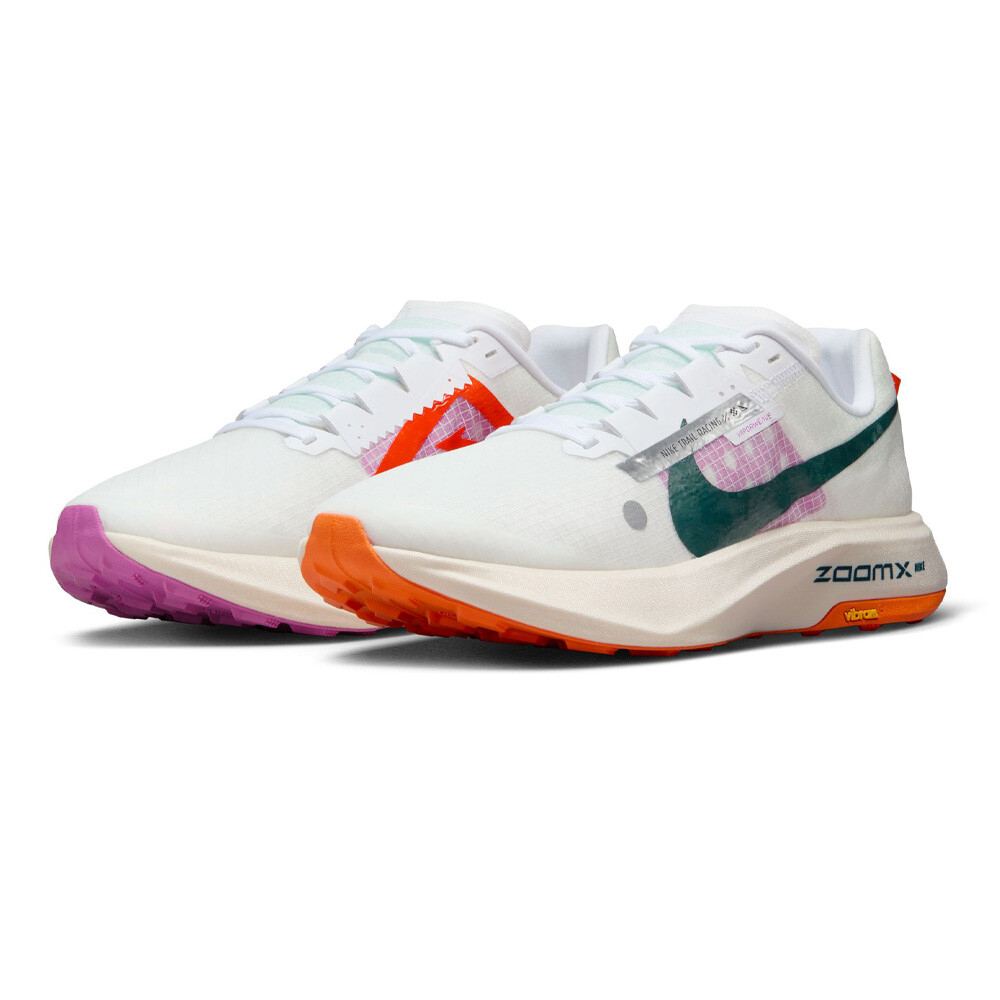
The Nike Ultrafly is Nike’s first trail running shoe with a carbon plate in the midsole. It’s light, fast, and has one of the best outsoles we’ve seen on a Nike shoe.

If you want a Nike stability shoe to help counter overpronation on the run, the Structure 25 is a reliable option with a sturdy and comfortable design that will last you many hundreds of miles of happy running.

Nick Harris-Fry has been running regularly for the last 10 years and has tested Nike shoes throughout that time. His first Pegasus was the Pegasus 33, which was a classic, and he's tried every generation of the Vaporfly and Alphafly racing shoes, running three sub-2:30 marathons in Nike super-shoes along the way.
Best Nike running shoe overall
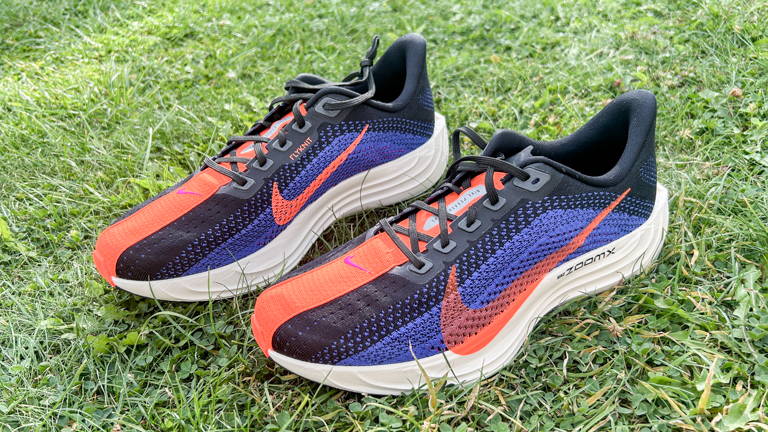
1. Nike Pegasus Plus
Our expert review:
Specifications
Reasons to buy
Reasons to avoid
The Nike Pegasus Plus is the best daily trainer in Nike’s range, with versatility being its most important feature. I found it comfortable for easy long runs as well as responsive and speedy enough for speedier efforts, with the bouncy ZoomX midsole foam delivering a performance upgrade on the ReactX and Air Zoom pods midsole used on the standard Pegasus 41.
You pay a little more for the Pegasus Plus than the Pegasus 41, but the upgrade is worth it in my opinion unless you’re a newer runner looking for a more affordable and comfortable shoe in the Pegasus 41. Or you really don’t like the broad stripe that runs down the center of the upper on the Pegasus Plus, which is a call back to the design of the original Pegasus Turbo running shoe.
Unlike many super-trainers, the Pegasus Plus doesn’t have a plate in its midsole, which makes it more flexible and suitable for easy runs, though it doesn’t have the speed of some rivals from other brands like the Hoka Mach X2. It’s the standout option from Nike though, and my favorite daily trainer the brand has made since the original Pegasus Turbo.
- Read our Nike Pegasus 41 review
Best Nike running shoe for beginners
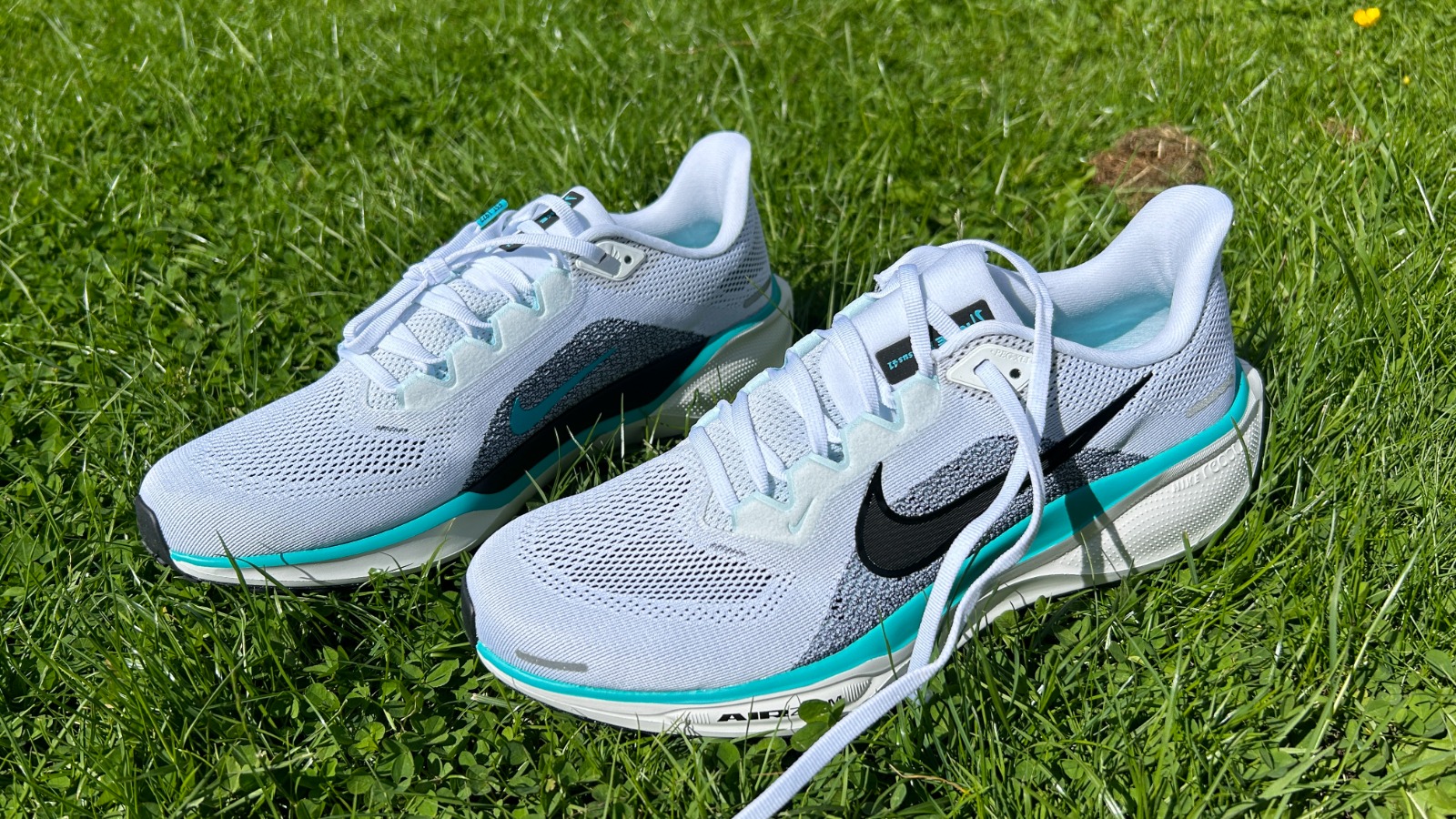
2. Nike Pegasus 41
Specifications
Reasons to buy
Reasons to avoid
The Nike Pegasus has been one of the most popular running shoes available for over 40 years, and the Pegasus 41 is a significant update on the past few versions of the shoe thanks to the new ReactX foam in the midsole. I found this means it has a softer, springier feel than the React used on the Nike Pegasus 40, and makes the new shoe an even more attractive option for runners of all levels.
It’s a classic workhorse of a shoe, with a versatile ride that means it’s comfortable for long and easy runs, but has some responsiveness for faster runs. For new runners the Pegasus 41 will be the perfect do-it-all shoe, while more experienced runners might want to look at the Pegasus Plus for a lighter, faster option that’s still comfortable for easy runs.
The durable design means you will get many hundreds of miles from the Pegasus 41, which has a thick outsole that I found grips well on wet pavements and even light trails, and it’s also a good-looking shoe that you can use for casual wear and in the gym, increasing its versatility.
It’s also good value compared with many running shoes, including the Pegasus Plus, and Nike has a habit of reducing the Pegasus significantly during big sales, so it’s one you might well be able to pick up for less than $100 during the Black Friday period.
- Read our Nike Pegasus 41 review
Best Nike racing shoe
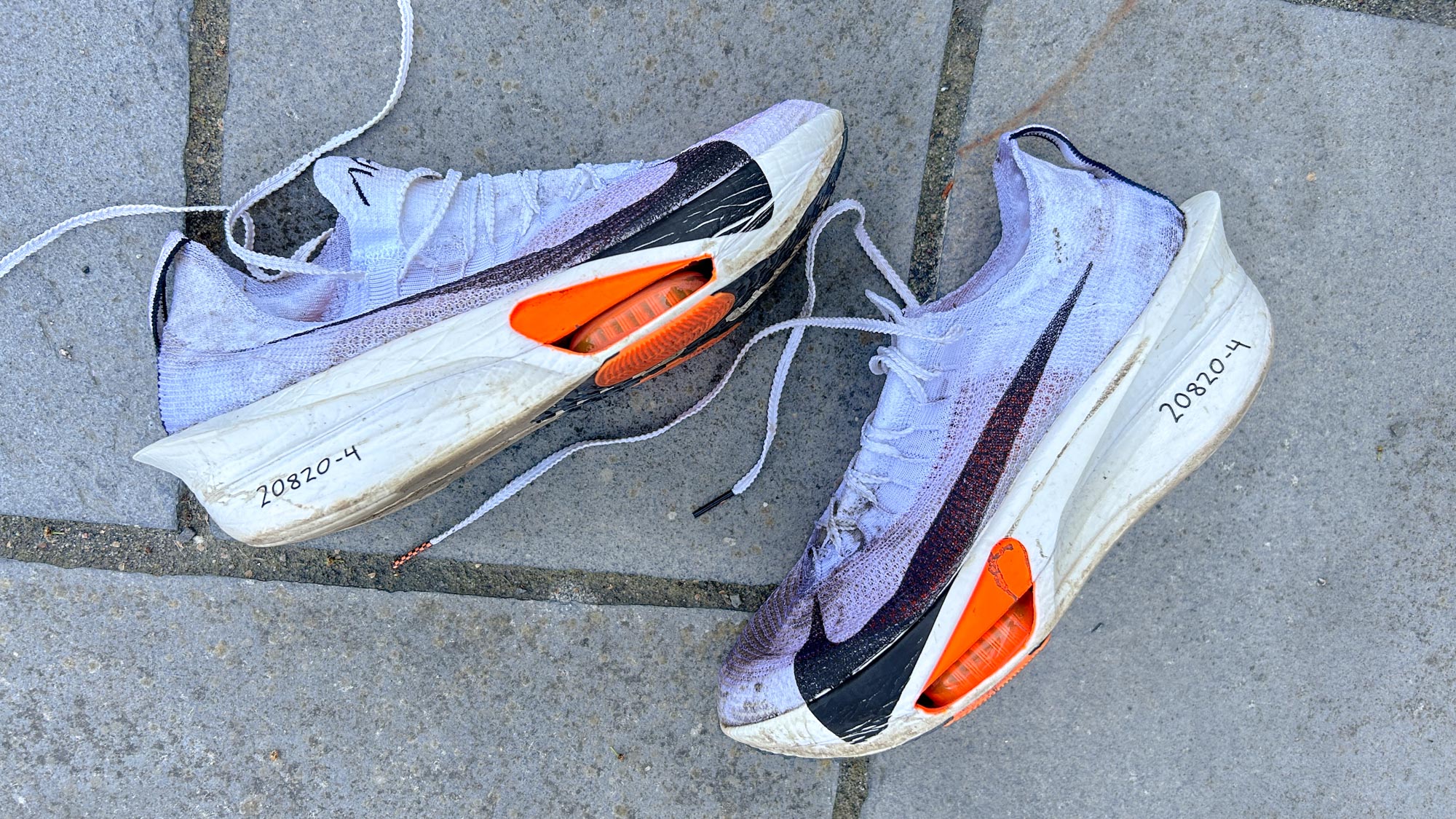
3. Nike Alphafly 3
Our expert review:
Specifications
Reasons to buy
Reasons to avoid
The Nike Alphafly 3 is the shoe that Kelvin Kiptum used to set the world record at the Chicago Marathon in 2023, but it’s not just a great option for elites, it’s one of the best carbon plate running shoes for anyone and particularly good for long distance events.
While the stack height is the same as the Nike Vaporfly 3 another great racing option, the Alphafly 3 is wider and I found it feels more cushioned underfoot, while still having the ‘tip-forward’ feeling of the Vaporfly that pushes you onto your toes. The Air Zoom pods under the forefoot add extra pop to each step, with the carbon plate and ZoomX foam in the midsole also helping to create a propulsive and efficient ride.
The Alphafly 3 is not quite as bouncy as the original Alphafly or Alphafly 2, but it's lighter and has a faster transition from heel-to-toe because of the new continuous midsole design, and I rate it as a more effective racing shoe overall as a result.
Like the Vaporfly 3, the Alphafly 3 is an excellent option for races at any distance, and we enjoyed doing 5Ks and 10Ks in the shoe, but the way it helps you lock into a pace for long periods makes it especially good for the marathon. It’s a toss-up which Nike racer is better overall, with the Vaporfly perhaps having the edge for short events and the Alphafly being our top choice for the marathon, but I think the extra bounce you get from the Alphafly 3 just pushes it into top spot.
- Read our full Nike Alphafly 3 review
Best Nike all rounder
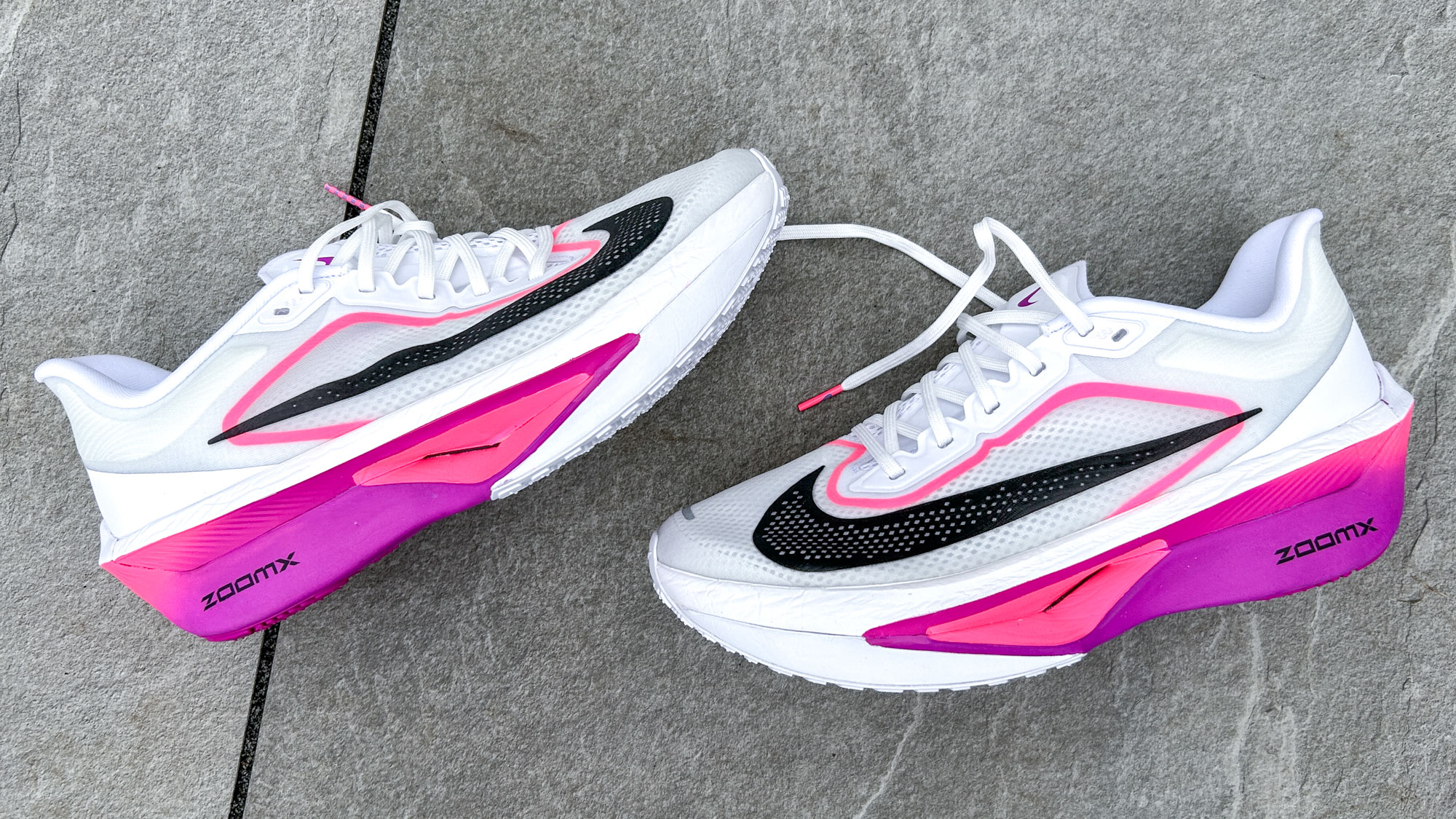
Specifications
Reasons to buy
Reasons to avoid
The Nike Zoom Fly 6 is actually my favorite Nike running shoe overall, which is a turn up for the books given how poorly I rated the previous couple of Zoom Fly models.
Nike made sweeping changes to the Zoom Fly 6 and as a result it's one of the best all rounders from any brand, with a lightweight design that delivers a comfortable but speedy ride thanks to the combination of foams and the plate in the midsole.
The top layer of foam is Nike's springy ZoomX, while the bottom layer of SR-02 stabilizes the shoe for daily runs. The carbon plate is a little more flexible than the ones in Nike's racers, so you get the extra propulsion you want for fast efforts without the Zoom Fly 6 feeling too stiff and uncomfortable on easy runs.
I used the Zoom Fly 6 for a wide range runs over the 70 miles of testing I did for my review, and it always came up trumps. If you want one Nike shoe for everything it's the one I'd get, though the Vaporfly and Alphafly are still faster for race day, and some might prefer a plate-free shoe like the Pegasus Plus for some daily runs.
- Read our full Nike Zoom Fly 6 review
Best cushioned Nike running shoe
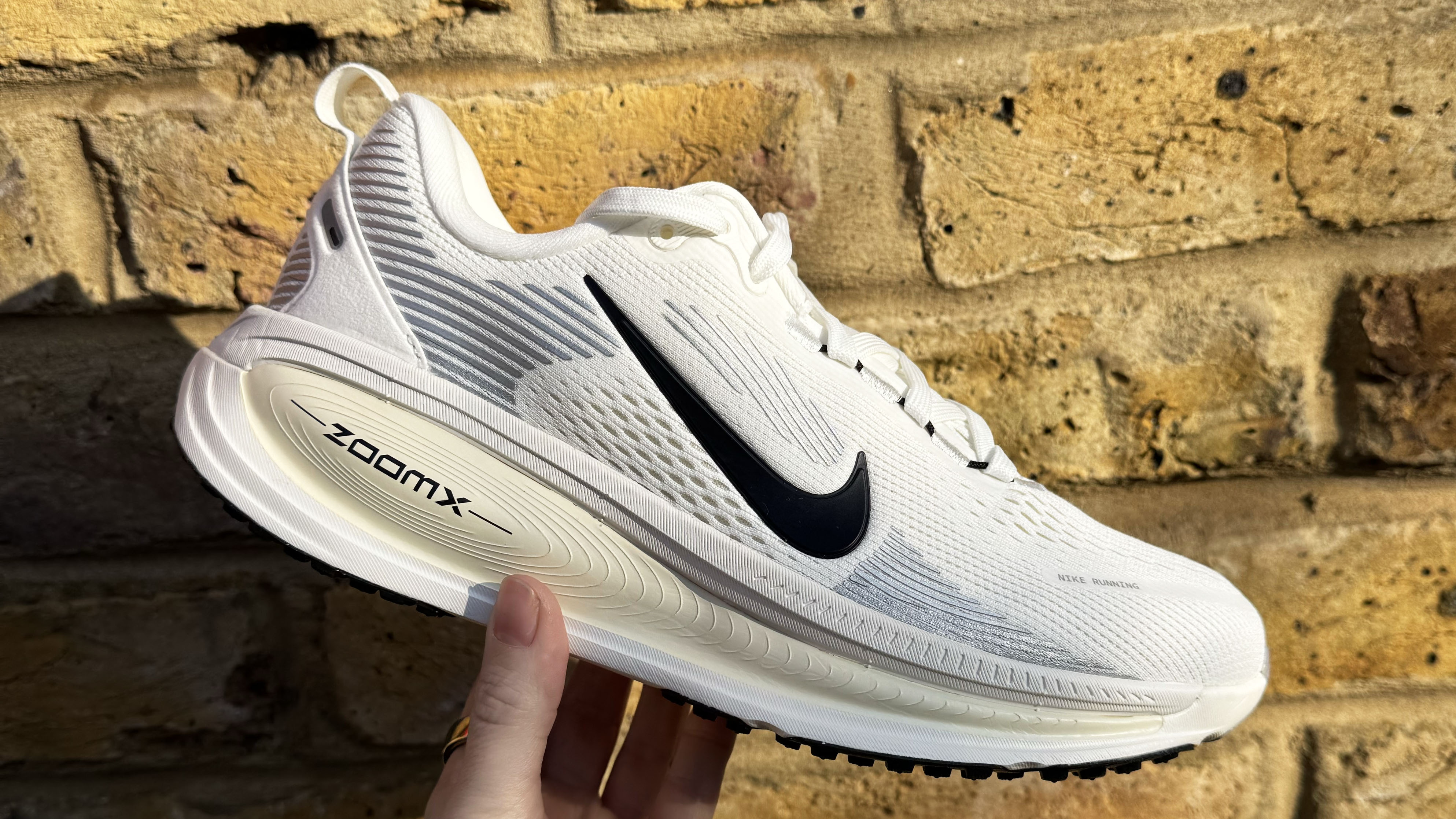
Specifications
Reasons to buy
Reasons to avoid
Our fitness editor Jane McGuire tested the Nike Vomero 18 for our review, and no-one likes comfortable cushioned running shoes more than Jane, so the fact she rates the Vomero 18 highly guarantees it's a very plush shoe.
The midsole contains a mix of ZoomX and ReactX foams to create this comfort, and thanks to the springy ZoomX layer on top the Vomero 18 is a more responsive option than most max-cushioned shoes for faster runs.
It is quite a heavy shoe, however, and if speed is a priority for you then you'd be better off with other Nike shoes like the Zoom Fly 6 or Pegasus Plus.
The Vomero 18 instead excels on easy and long runs, where the extra cushioning helps to protect your legs and make the miles flow by smoothly.
Nike has reworked it's line-up in 2025 to focus on three shoe silos, with the Vomero line being the one that will contain its most cushioned and comfortable shoes.
The Vomero Plus and Vomero Premium are expected to launch this year and will potentially be even more cushioned, so if you're into plush shoes then they'll be worth looking out for.
- Read our full Nike Vomero 18 review
Best Nike trail-running shoe
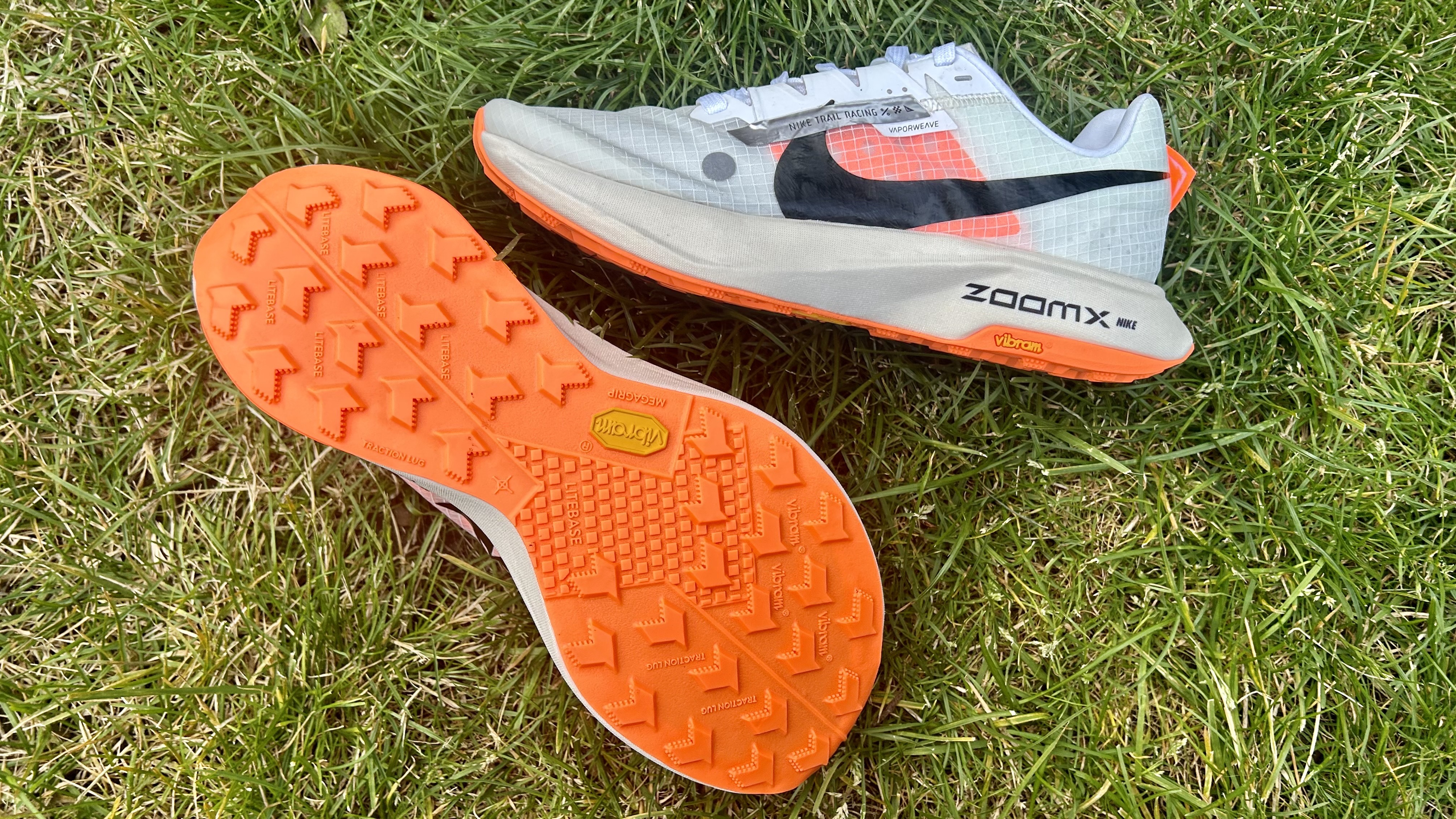
6. Nike ZoomX Ultrafly Trail
Our expert review:
Specifications
Reasons to buy
Reasons to avoid
The Nike Ultrafly Trail is designed for racing over long-distances on the trails, with a carbon plate inside the midsole, which is made from the bouncy ZoomX foam also used in Nike's road racers. It's not just a great racing option though, with the comfortable and bouncy ride being perfect for all kinds of trail runs on harder surfaces.
It's the first Nike shoe to have a Vibram outsole, which delivers a big upgrade in grip compared with Nike's own rubber, which has been used across its trail range in the past. I found the Ultrafly to offer much more reliable grip on wet surfaces in particular, though the lugs are a bit shallow for mud — the Ultrafly is more built for rocky and hard trails than grass and mud.
I used the Ultrafly for a 30-mile run around the Gower Peninsula in Wales and the second half of a 50-mile ultramarathon on forest paths, and it proved exceptionally comfortable and supportive over these long runs.
It's not a cheap shoe, however, and Nike does have some more affordable trail options like the Nike Pegasus Trail 5 for road-to-trail runs, and the Nike Zegama Trail 2, which also uses ZoomX foam in its midsole.
- Read our full Nike ZoomX Ultrafly Trail review
Best stability Nike running shoe

7. Nike Structure 25
Specifications
Reasons to buy
Reasons to avoid
If you are a runner with flat feet or one who overpronates, it might be worth trying out a stability shoe like the Nike Structure 25 which has extra support around the arch to help prevent your foot from rolling inwards when running. The support is fairly subtle on the shoe, and we found it was comfortable to use even for neutral runners, but the foam is quite firm compared to Nike’s other cushioned shoes and less springy with the aim of avoiding instability.
The Structure 25 is a workhorse of a shoe though, and one you can use for your daily miles that will last you a long time. The outsole is durable and grips well on wet pavements, and we also found the shoe was good on lighter trails. While the ride isn’t very responsive, you can pick up the pace in the Structure 25 reasonably well for any speedy sessions on your training plan so it works as a do-it-all shoe for runners who need extra stability.
There is a lot of padding around the collar of the shoe along with a rigid internal heel counter to add stability. This does support the foot well but I found it can also irritate the Achilles tendon, so if you’re sensitive to that it’s something to look out for. Also if you don't need a lot of support from a full stability shoe like the Structure then some of Nike’s other cushioned options like the Infinity Run 4 and Vomero 17 are quite stable for neutral shoes and use livelier midsole foams.
How to choose the best Nike running shoes for you
When it comes to choosing the best Nike running shoes, you'll need to think about how you run, how far and fast you're going, and the type of surface you prefer to do your miles on. There's no one-size-fits-all with running shoes, but certain shoes will be better designed for the type of run you have in mind.
For example, if you're looking to go fast on race day, you'll probably want to look at Nike's shoes with carbon plates and ZoomX foam — the Nike Vaporfly 3 and Nike Alphafly 3, both of which are designed to help you run more efficiently so you can log your quickest times.
Those shoes are not suitable for easy training, however, when you want a more cushioned, comfortable and durable shoe, like the Nike Pegasus 41 or Nike Vomero 18. For faster training runs a lighter and more versatile cushioned shoe is better, like the Nike Pegasus Plus.
Getting the shoe that best suits your running gait is also important. Nowadays, running brands are moving away from 'neutral' and 'support' shoes, but some shoes will offer more structure if you do overpronate when you run. The best shoe for you is generally the one that feels right, so getting to a running shop and trying out a few different Nike shoes is certainly worthwhile.
Finally, if you're into trail running, a road shoe isn't likely to have enough grip and support, so you'll want a running shoe with deeper lugs to ensure you don't slip as you clamber over rocky or muddy terrains.
How we test the best Nike running shoes
To test out Nike's running shoes I usually run 40-100 miles in them, trying them for a range of different runs depending on what they're designed for. So I rack up the easy miles in cushioned shoes like the Invincible 3 to test comfort and durability, do interval sessions and race in super-shoes like the Vaporfly 3 to test their speed, and do a bit of everything in daily trainers like the Pegasus to test their versatility.
I also look at the fit of each shoe to see if it runs true to its stated size, and check the comfort of the upper. When testing Nike shoes I also compare them to the best running shoes from other brands, to see if they're truly the top option overall, or just the standout pick in Nike's range.
FAQs
What is Nike's fastest running shoe?
The Nike Alphafly 3 is Nike's fastest running shoe for marathons, as evidenced by the incredible success Nike pro runners have had with the shoe. It was worn by Kelvin Kiptum when he set the men's world record at the Chicago Marathon in 2023, and Ruth Chepng'etich when she ran the women's world record at the Chicago Marathon in 2024. The Nike Vaporfly 3 is also a contender for the title of Nike's fastest shoe though, and is a better option for 5K events than the Alphafly 3.
Are Nike shoes good for running?
Nike is one of the biggest brands in running for a reason, and it makes some of the best racing shoes you can get in particular — both the men’s and women’s marathon world records were set in the Nike Alphafly 3, though of course that has as much to do with the athletes involved as Nike’s great shoes.
Whether you find Nike better than or as good as other brands will largely be a matter of personal preference. There is a wide range of Nike shoes to suit all types of runners, and their range is not objectively better or worse than other brands.
One difference would be that Nike shoes tend to have a more traditional design with high heel-to-toe offsets of 8-10mm and less of a rocker profile than other brands. This is not the case for all Nike shoes, but a trend I’ve noticed when testing and reviewing their shoes compared to other brands.
Having tested a lot of running shoes from all the major brands, at the moment I’d rate Nike among the best for racing shoes and a little behind the top options from Asics, Hoka and Saucony in particular for training shoes. That’s my take though and partly down to the fact I usually prefer more rockered shoes. If you love racking up the training miles in shoes like the Pegasus 41 or Invincible 3, then they’re the right shoe for you.
Will Nike running shoes make me faster
Nike's groundbreaking Vaporfly and Alphafly shoes are touted for their potential to enhance running efficiency. Engineered with plush foam midsoles and rigid carbon plates, these shoes aim to reduce muscle fatigue and optimize performance.
But what does the research say? Well, one study published in 2017, funded by Nike themselves, found that Vaporfly boosted running economy by 4 percent.
However, independent research carried out on the performance of Nike running shoes revealed that the benefits were more marginal for runners at slower paces and some even had worse running economy while wearing the shoes.
Research continues into the benefits of super-shoes, but the real-world evidence certainly suggests that most runners do benefit from using the best carbon plate running shoes for races, but to different extents.
The bottom line is, while speed is important in running, it's not the sole factor to consider when choosing the right pair of running shoes for you. Look for a shoe that adequately supports your foot type and running style, while also prioritizing comfort
Sign up to get the BEST of Tom's Guide direct to your inbox.
Get instant access to breaking news, the hottest reviews, great deals and helpful tips.

Nick Harris-Fry is an experienced health and fitness journalist, writing professionally since 2012. He spent nine years working on the Coach magazine and website before moving to the fitness team at Tom’s Guide in 2024. Nick is a keen runner and also the founder of YouTube channel The Run Testers, which specialises in reviewing running shoes, watches, headphones and other gear.
Nick ran his first marathon in 2016 after six weeks of training for a magazine feature and subsequently became obsessed with the sport. He now has PBs of 2hr 27min for the marathon and 15min 30sec for 5K, and has run 13 marathons in total, as well as a 50-mile ultramarathon. Nick is also a qualified Run Leader in the UK.
Nick is an established expert in the health and fitness area and along with writing for many publications, including Live Science, Expert Reviews, Wareable, Coach and Get Sweat Go, he has been quoted on The Guardian and The Independent.
- Jane McGuireFitness editor
- Jessica DowneySenior Fitness Writer
